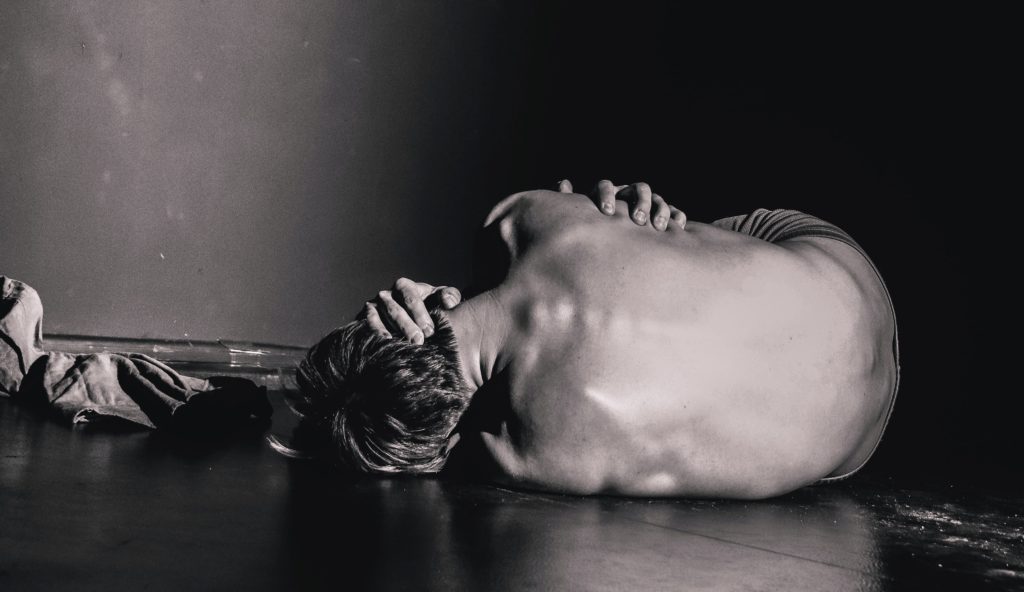This week’s post was inspired by a line from a novel I read recently. The protagonist is in a meditation class and she reports what the teacher says:
She gave us a formula: suffering = pain + resistance.
Jenny Offill, Weather
And that was it. The novel moves on. I read the line once and then again. I looked for some development of the idea, some clarification, but there was nothing. I was left with this line spinning around my head, tapping me on the shoulder at odd moments, nudging me to find a solution.
Days went by and then a week and then more days. I’d like to say that I cracked it, but I’m not sure. What it did do was make me think much more deeply about suffering.
It is rather like when you buy a new car. It seems so unique and exciting in the showroom. You’ve seldom seen such a gorgeous model before and you drive it home full of pride. Then, over the next few days, you notice a few cars exactly the same as yours and eventually you realise they are everywhere. As with suffering. If you can steel yourself to look, it is all around you.
Hiding in plain sight
For the uncomfortable truth is that we all suffer and yet we are loath to talk about it or address it. It is unseemly, impolite. A lovely neighbour of mine who died of cancer of the oesophagus, said to me when I was unwell myself, ‘Always look cheerful and don’t complain or no-one will talk to you.’ I was slightly aghast and reasoned that maybe it was a generational or a man thing. However, I’ve since come to realise that he was right. There is acceptable suffering: the holiday was cancelled; the traffic bad; the weather awful. Then there is the unacceptable kind: I’m in pain; my anxiety is terrible; I’m afraid or simply sad.

Feeling uncomfortable?
Apologies if you are uncomfortable, but there is no other way that I can share this. And if you bear with me, I think there are paths we can take that will be beneficial to all of us. We may dream of a world where pain is abolished, but the truth is that suffering is woven into life’s fabric far too closely to be removed. If joy is the warp, pain is the weave.
As if to prove the point, our amazing progress in the developed world may have saved us from the apocalyptic suffering of the developing nations, but it has not made us happier or pain-free. We may be diverted from suffering by drugs and distractions, but it still crouches in the corner awaiting to ambush us when our guard is down.
In fact, I believe that our insistence that suffering can be overcome is the very thing that prevents us from finding the solution. For if the mediation teacher is correct and suffering = pain + resistance, we need to change the formula.
A new formula
In this equation, we need to substitute two elements: suffering and resistance. Pain, I’m sure you agree, is a constant. From the little reading I’ve done in Western Buddhism, I know that resistance is to be avoided, so I’m going to substitute resistance with acceptance. What then would that equate to? What is the opposite of suffering? I would argue: peace – being at peace within ourselves and our bodies no matter how imperfect they are. So our new formula reads:
Peace = pain + acceptance

First steps
Perhaps the first and most important step is acknowledging suffering in ourselves and others. Denial or wishing to fix it represents our discomfort with an unpleasant reality. It takes courage to look distress in the eye without flinching.
Yet, if we can do this, a kind of healing takes place. Through listening to another’s pain, we are acknowledging it; giving it serious attention. In doing so, we accept the situation and help the sufferer to accept it also. It is the greatest kindness we can give. After all, any true improvement needs to come from the one who suffers themselves. That may indeed involve intervention from other experts – but they must book the appointment.
Compassion
Compassion literally means to suffer together. When we show compassion then, we do not look down or pity the victim, but we hold them as equals. It is a difficult thing to do, not least because there is an obvious imbalance between the giver and receiver. We also have to let go of the egotistical desire to be praised for doing a good deed. We have to draw upon the knowledge of our own suffering to meet that of our friend. We can then stand by them with full understanding and love. And with that acceptance, comes peace.

–
